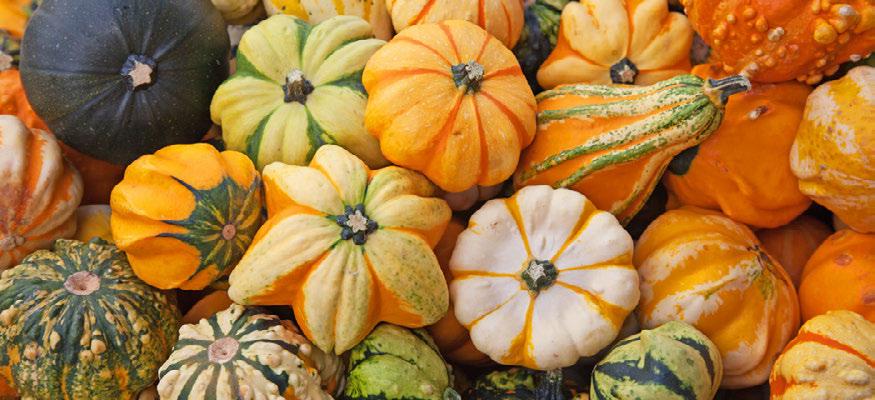
1 minute read
NOW IT’S YOUR TURN TO CULTIVATE HEIRLOOM PLANTS
• BY VALÉRIE LEVÉE
If you want to see what teosinte looks like, go to the Latin America kitchen garden. It’s cultivated by Isabelle Paquin, the horticulturist in charge of the Useful Plants Garden. Also grown in the garden are exotic food plants like pepino dulce (sweet cucumber), sticky nightshade, quinoa and pipicha. And in the adjacent African kitchen garden, you’ll find okra, gboma, black-eyed peas and even peanuts! Believe it or not, these “hot country” plants are perfectly happy in Montreal! “Summer’s short, but it’s hot and humid. If we start these plants from seeds, they’ll grow,” says Ms. Paquin.
Immigrants, glad to see plants from their countries of origin, may want to grow them at home, as Hamidou Horticulture does with African eggplant, cotton and also heritage and Indigenous vegetables.
Growing heirloom plants lends an exotic touch to a garden by helping rediscover forgotten tastes. If you’re interested, you can find tips on the website blog Potagers d’antan and seeds in libraries like Santropol Roulant and the Atwater Seed Library, in Montreal, or Seeds of Diversity, across Canada. Ms. Paquin says that heirloom plants can be grown just like present-day plants. She suggests starting with ones that are easier to grow, like beans and peas. And if you really do want to get into heritage plants, why not revive the ancient practice of the three sisters, by growing corn, beans and squash together, as Indigenous peoples used to do? If you plant corn first, it will serve as a support for climbing beans, while the leaves of the squash will protect the soil from drying out and help prevent weeds from growing.










